Premium Only Content
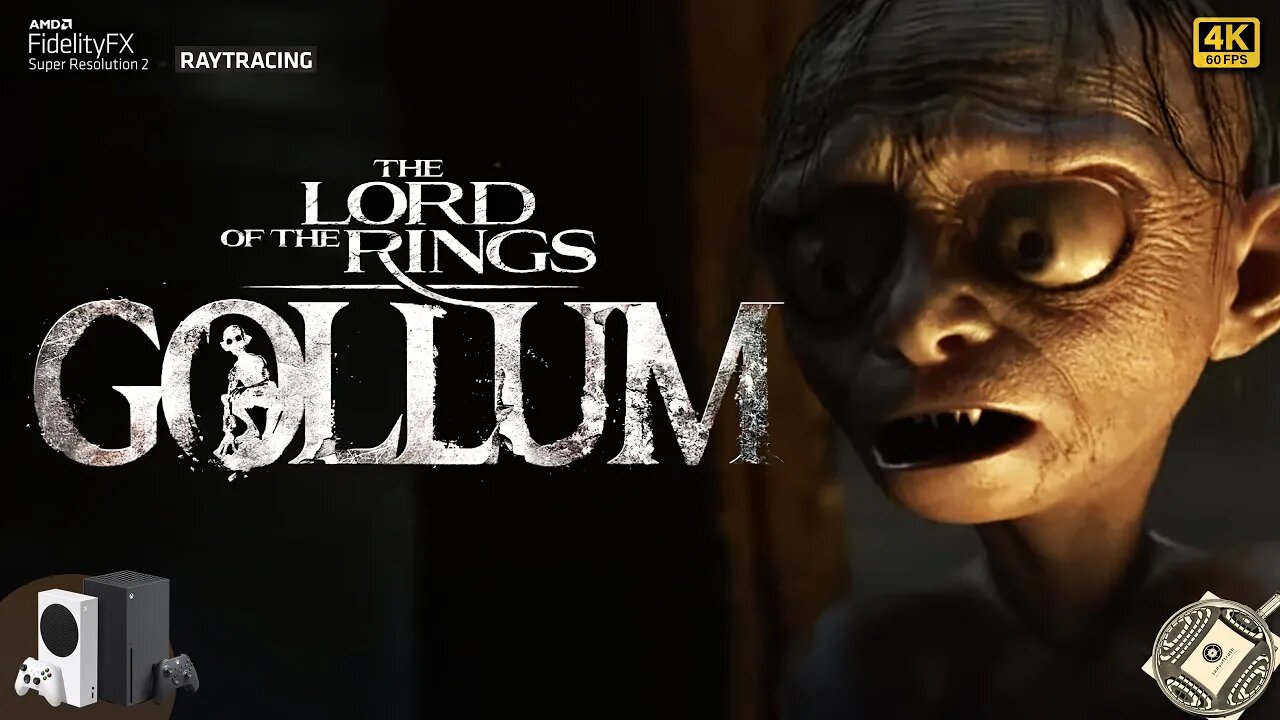
The Lord of the Rings: Gollum - July 2023 Tech Analysis on Xbox Series S/X - Ray Tracing, FSR and 4K
Analysis of performance and image quality of The Lord of the Rings: Gollum on Xbox Series X/S.
The game still has the problems of loading textures or lack of them in good quality, as well as a very low performance in quality mode on Xbox SS (~20 fps), but instead of focusing on these problems, I preferred to show places where the assets are better.
Index:
Intro 00:00
Frame Rate 00:14
Resolution 02:19
Reflections 05:02
Frame Rate 06:39
Shadows 08:44
Textures 10:21
Frame Rate 11:57
Hair 14:02
Loading 14:52
Xbox Series S Tech Specs 15:47
Xbox Series X Tech Specs 15:57
Technical dictionary:
- AMD FidelityFX™ Super Resolution (FSR):
FidelityFX Super Resolution (FSR) is used to upsample an input image into a higher resolution. There are two versions of FSR with distinctive upscaling technique and image quality.
FSR 1 is a spatial upscaler based on the Lanczos algorithm* requiring an anti aliased lower resolution image.
FSR 2 and 2.1 is a temporal upscaler based on a modified Lanczos* requiring an aliased lower resolution image and utilising the temporal data (such as motion vectors and frame history) and then applies its own anti aliasing pass which replaces the game's temporal anti-aliasing solution.
Quality Preset Scale Factor Render Scale
Performance 2.0x 50.0% (e.g. for 4k: 1080p upscale to 2160p with FSR)
Balanced 1.7x 58.8% (e.g. for 4k: 1270p upscale to 2160p with FSR)
Quality 1.5x 66.6% (e.g. for 4k: 1440p upscale to 2160p with FSR)
* The Lanczos algorithm is an iterative algorithm invented by Cornelius Lanczos that is an adaptation of power methods to find eigenvalues and eigenvectors of a square matrix or the singular value decomposition of a rectangular matrix. It is particularly useful for finding decompositions of very large sparse matrices.
- Cube Mapping Reflections:
A Cubemap is a collection of six square textures that represent the reflections on an environment. The six squares form the faces of an imaginary cube that surrounds an object; each face represents the view along the directions of the world axes (up, down, left, right, forward and back). Cubemaps are often used to capture reflections or “surroundings” of objects; for example skyboxes and environment reflections often use cubemaps.
- Screen Space Reflections (SSR):
Screen space reflections (SSR): a more expensive technique that traces reflection rays in screen space (as opposed to world space in e.g. ray tracing). This is done for each rendered pixel of the reflected surface, using the surface normal and scene depth.
The disadvantage is that objects not captured in the rendered frame cannot appear in the reflections, which results in unresolved intersections and incomplete reflection image.
- Ray-Traced Reflections
Ray-Traced Reflections is a more accurate ray-traced solution to Screen Space Reflection technique (that traces reflection rays in screen space), ray tracing traces reflection rays in world space.
The disadvantage of the technique using ray tracing is the need for a dedicated hardware for accelerating the calculations needed to perform the feature.
- Shadow Mapping
Shadow mapping or shadowing projection is a process by which shadows are added to 3D computer graphics. This concept was introduced by Lance Williams in 1978, in a paper entitled "Casting curved shadows on curved surfaces."[1] Since then, it has been used both in pre-rendered and realtime scenes in many console and PC games. Shadows are created by testing whether a pixel is visible from the light source, by comparing the pixel to a z-buffer or depth image of the light source's view, stored in the form of a texture.
- Simple Shadow Mapping
Simplest possible implementation of Shadow Mapping, without any smoothing or additional features.
- Soft Shadows Mapping
Soft shadows are typically rendered in games by using shadow mapping and Percentage Closer Filtering with a uniform kernel size. The Percentage-Closer Soft Shadows (PCSS) algorithm computes a variable kernel size based on the distance between the relative position of the receiver point, an approximation of the blocker, and the area light.
- Ray-traced Shadows
Ray-traced shadows are generated by tracing the path of rays sampled from a light source. Ray-traced shadows are more accurate than shadow-mapped shadows. All ray-traced shadows are world space shadows.
- Unreal Engine 5 Lumen
Lumen is Unreal Engine 5's fully dynamic global illumination and reflections system that is designed for next-generation consoles, and it is the default global illumination and reflections system. Lumen renders diffuse interreflection with infinite bounces and indirect specular reflections in large, detailed environments at scales ranging from millimeters to kilometers.
-
 2:36:06
2:36:06
Barry Cunningham
4 hours agoPRESIDENT TRUMP IS TRULY USHERING IN THE GOLDEN AGE OF AMERICA! CAN YOU FEEL IT?
85.9K34 -
 LIVE
LIVE
SynthTrax & DJ Cheezus Livestreams
3 days agoFriday Night Synthwave 80s 90s Electronica and more DJ MIX Livestream 2K Celebration SPECIAL EDITION 530pm PST / 830pm EST
1,164 watching -
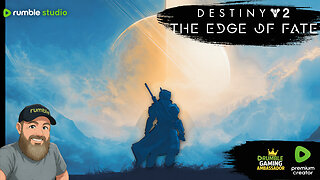 LIVE
LIVE
VapinGamers
1 hour ago $0.05 earnedDestiny 2 - Edge of Fate Legendary Run Part 3 - !rumbot !music
576 watching -
 2:04:25
2:04:25
TimcastIRL
4 hours agoTrump DOJ Gives Ghislaine Maxwell Limited IMMUNITY As She Rats On 100+ People | Timcast IRL
192K96 -
 1:09:09
1:09:09
Omar Elattar
6 hours agoThe Brain Experts: Your Brain Can Rewire Itself At Any Age & Here's How!
6.46K1 -
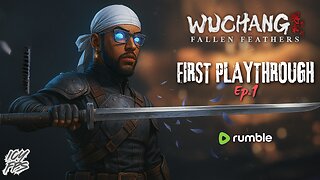 LIVE
LIVE
IcyFPS
2 hours agoLIVE - Wuchang Fallen Feathers Pt.2 | XBOX SERIES S 1080p gameplay |
145 watching -
 29:24
29:24
Afshin Rattansi's Going Underground
16 hours agoWas Epstein a Mossad Agent? Will Obama go to Prison? (Afshin Rattansi vs Alan Dershowitz)
14.9K15 -
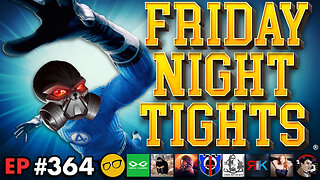 4:26:54
4:26:54
Nerdrotic
9 hours ago $1.03 earnedFantastic Four Baby Steps V Superman's James Gunn, South Park Returns | Friday Night Tights 364
97.1K7 -
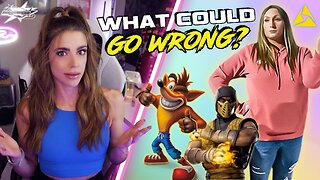 LIVE
LIVE
megimu32
2 hours agoOFF THE SUBJECT: FAFO Friday! Cops, Crash, Kombat & Chaos!
153 watching -
 10:17:28
10:17:28
GrimmHollywood
11 hours ago🔴LIVE • GRIMM HOLLYWOOD • CLIP FARMING 101 •
14.1K1